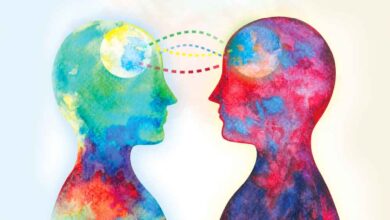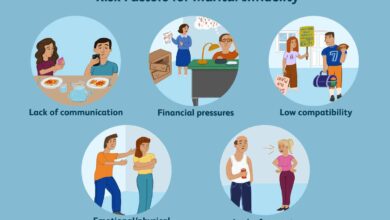What Makes Us Attracted to Each Other: The Science-Backed Rules of Attraction


The rules of attraction are not just about how we act and what we say; it is also about how we are biologically wired through our genes and brains. Moreover, physical attractiveness is a crucial factor in how we find the opposite sex attractive. Attraction is not limited to materialistic needs, and scientists are still researching what makes us attracted to each other. Studies have shown that attraction is based on biological and genetic factors, which makes it more complex than we thought.
Below are some science-backed rules of attraction that can help you find a mate, if not for life, at least for the long haul:
- The brain is more drawn to people and things that are interesting, intriguing, and engaging, so being “hot” alone will not cut it.
- Attraction can happen instantaneously, and people judge you by how you look the moment you step into a room. Our brains make long-lasting snap judgments of the person we meet within just a few seconds of seeing them.
- The color red is associated with passion, lust, romance, and fertility, making it the color to wear to catch someone’s attention.
- Good symmetry is associated with good genes. Both men and women find members of the opposite sex with symmetrical faces and bodies more attractive.
- Men still find curves desirable. Women with a waist significantly narrower than the hips, particularly those with a 0.67 to 1.18 waist-to-hip ratio (WHR), are much more attractive to men. Men with broad shoulders are still a major turn-on for women.
- Open body language shows availability, which is a must in attracting people and starting new relationships. Exposing your torso shows availability while crossing your arms makes you less approachable.
- Face structure is an attractive feature because it shows good reproductive health. Estrogen contributes to bone growth in a woman’s lower face, chin, and brow, while testosterone shapes a man’s face, developing the lower face, jaw, and prominent brow.
- Hormonal cycles play a role in attraction. Women smell and look more attractive to men at certain times of the month, and men with more symmetrical features are found to smell better.
While we do not fully understand the factors that drive attraction, they undoubtedly involve hormones and the brain. The release of dopamine during attraction is associated with positive emotions, compelling us to seek out more of those feelings through social interaction with the person we are attracted to.







